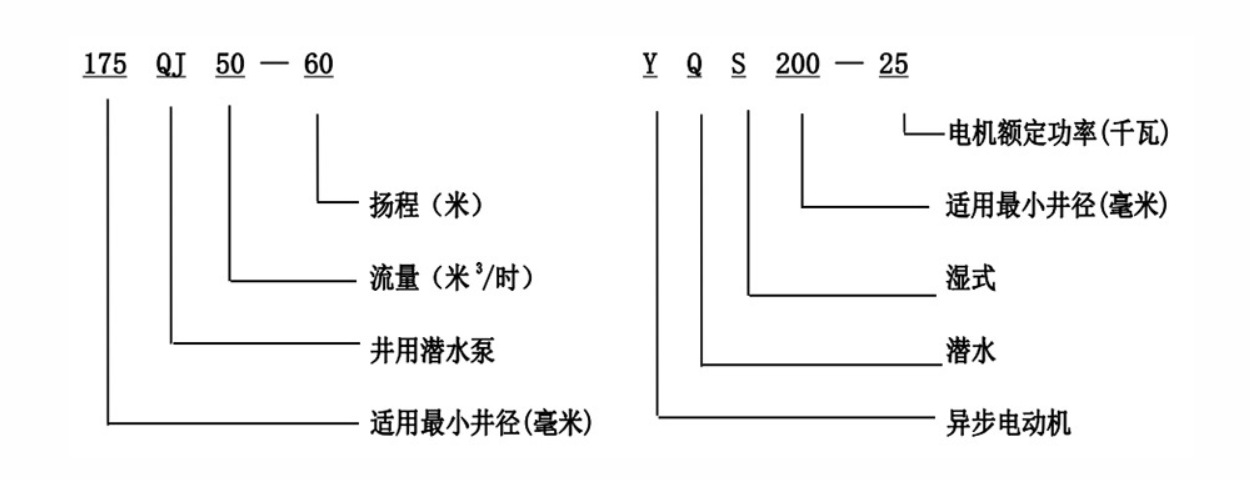Nov . 18, 2024 17:25 Back to list
Versatile Applications of Hydraulic Submersible Pumps in Various Industries and Their Benefits
Understanding Hydraulic Submersible Pumps
Hydraulic submersible pumps (HSPs) have become a vital component in various industries, including construction, mining, and water management. These pumps are designed to operate submerged in fluid, making them particularly effective for pumping water, sludge, and other liquids in challenging environments. Unlike conventional pumps that are installed above the fluid source, submersible pumps are placed directly into the fluid, allowing for efficient and effective pumping solutions.
How Hydraulic Submersible Pumps Work
The working principle of hydraulic submersible pumps is relatively straightforward. They are typically powered by hydraulic motors or drives, which use pressurized hydraulic fluid to generate mechanical energy. This energy is then converted into rotational motion that drives the impellers within the pump, creating a vacuum that facilitates the movement of fluid from the surrounding area into the pump and pushing it out through the discharge line.
Submersible pumps are characterized by their ability to work at considerable depths, making them ideal for applications such as dewatering in construction sites, draining flooded areas, or extracting water from deep wells. By being submerged, these pumps also minimize the risk of cavitation, which can occur when a pump operates above the liquid level.
Applications of Hydraulic Submersible Pumps
The versatility of hydraulic submersible pumps allows them to be utilized across various sectors. In the construction industry, they are commonly employed for groundwater control and site dewatering. During excavation or foundation work, the ability to keep the worksite dry is crucial for maintaining safety and project timelines.
hydraulic submersible pumps

In mining, HSPs play a pivotal role in the extraction and transportation of fluids from underground operations. Whether it's removing excess water or transporting slurry materials, submersible pumps ensure a continuous and efficient flow, crucial for mining activities.
Additionally, hydraulic submersible pumps are essential in municipal water management. They are employed in wastewater treatment facilities for aeration and circulation processes and help manage stormwater drainage systems. Their ability to handle solids and large volume flows makes them suitable for various environmental applications.
Advantages of Using Hydraulic Submersible Pumps
One of the key advantages of hydraulic submersible pumps lies in their efficiency. Because they operate underwater, there is less energy loss compared to surface pumps, which can experience significant energy losses due to suction lift requirements. Furthermore, hydraulic systems tend to have higher power-to-weight ratios, allowing for more compact and lighter designs that save space and increase portability.
Additionally, hydraulic submersible pumps are known for their durability and robust construction, which enable them to withstand harsh operating conditions. They are often designed to handle abrasive materials, high temperatures, and extreme pressures, which are frequently encountered in mining and industrial applications.
Conclusion
In summary, hydraulic submersible pumps are a dynamic and effective solution for fluid management in a variety of industries. Their unique design, efficient performance, and ability to operate under challenging conditions make them indispensable tools for construction, mining, and municipal applications. As industries continue to evolve, the demand for reliable and efficient pumping solutions will only grow, solidifying the role of hydraulic submersible pumps in modern operations.
-
Submersible Water Pump: The Efficient 'Power Pioneer' of the Underwater World
NewsJul.01,2025
-
Submersible Pond Pump: The Hidden Guardian of Water Landscape Ecology
NewsJul.01,2025
-
Stainless Well Pump: A Reliable and Durable Pumping Main Force
NewsJul.01,2025
-
Stainless Steel Submersible Pump: An Efficient and Versatile Tool for Underwater Operations
NewsJul.01,2025
-
Deep Well Submersible Pump: An Efficient 'Sucker' of Groundwater Sources
NewsJul.01,2025
-
Deep Water Well Pump: An Efficient 'Sucker' of Groundwater Sources
NewsJul.01,2025
-
 Submersible Water Pump: The Efficient 'Power Pioneer' of the Underwater WorldIn the field of hydraulic equipment, the Submersible Water Pump has become the core equipment for underwater operations and water resource transportation due to its unique design and excellent performance.Detail
Submersible Water Pump: The Efficient 'Power Pioneer' of the Underwater WorldIn the field of hydraulic equipment, the Submersible Water Pump has become the core equipment for underwater operations and water resource transportation due to its unique design and excellent performance.Detail -
 Submersible Pond Pump: The Hidden Guardian of Water Landscape EcologyIn courtyard landscapes, ecological ponds, and even small-scale water conservancy projects, there is a silent yet indispensable equipment - the Submersible Pond Pump.Detail
Submersible Pond Pump: The Hidden Guardian of Water Landscape EcologyIn courtyard landscapes, ecological ponds, and even small-scale water conservancy projects, there is a silent yet indispensable equipment - the Submersible Pond Pump.Detail -
 Stainless Well Pump: A Reliable and Durable Pumping Main ForceIn the field of water resource transportation, Stainless Well Pump has become the core equipment for various pumping scenarios with its excellent performance and reliable quality.Detail
Stainless Well Pump: A Reliable and Durable Pumping Main ForceIn the field of water resource transportation, Stainless Well Pump has become the core equipment for various pumping scenarios with its excellent performance and reliable quality.Detail
